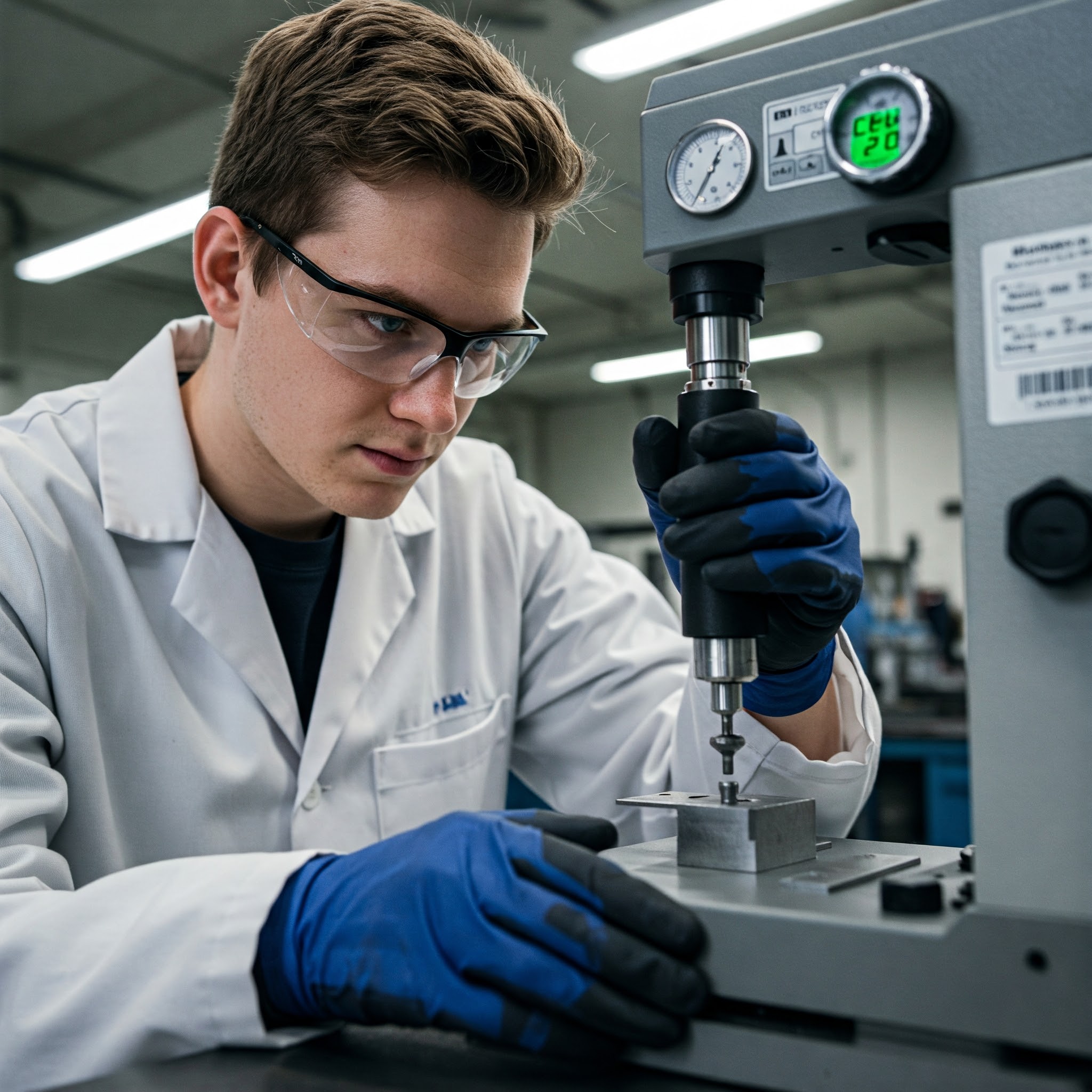
Decoding Material Durability: The Distinct Roles of Hardness and Abrasion Resist
2025/04/15
Introduction:
In the realm of material testing, understanding the mechanical properties of materials is crucial for various engineering and quality control applications. Two frequently evaluated characteristics are hardness and abrasion resistance. While often used interchangeably in general discussions about material durability, these properties represent distinct resistance mechanisms and are assessed through different instrument testing methods. This article aims to clarify the fundamental differences between hardness and abrasion resistance and highlight their individual significance in material testing.
Defining Hardness: Resistance to Indentation
Hardness is defined as a material's resistance to localized plastic deformation caused by mechanical indentation or scratching. Instrument testing for hardness typically involves pressing an indenter of a specific shape and material into the surface of the test specimen under a controlled load. Common indentation hardness tests include Vickers, Brinell, Rockwell, and Knoop hardness tests. Each method utilizes a different indenter and load, resulting in a specific hardness number that reflects the material's resistance to permanent deformation at a specific point. International Standards such as ISO and ASTM provide detailed procedures for conducting these tests and interpreting the results.

Defining Abrasion Resistance: Resistance to Wear
In contrast, abrasion resistance refers to a material's ability to withstand wear caused by frictional forces, often involving the removal of material from the surface through processes like rubbing, scraping, or erosion. Instrument testing for abrasion resistance, also known as wear testing, simulates these wear mechanisms. Common abrasion tests include Taber abrasion, Martens abrasion, and pin-on-disk tests. These tests typically involve subjecting the material surface to a controlled abrasive action for a specific duration or number of cycles and measuring the amount of material loss. Again, International Standards like ISO and ASTM offer guidelines for conducting these wear testing procedures.
The Fundamental Difference: Deformation vs. Material Removal
The key distinction between hardness and abrasion resistance lies in the mechanism of resistance. Hardness primarily measures a material's resistance to localized plastic deformation without necessarily involving significant material loss. A very hard material might resist indentation well but could still be susceptible to scratching or wear under abrasive conditions. Conversely, a material with high abrasion resistance might wear slowly even if its overall hardness value is not exceptionally high. This difference highlights the importance of selecting the appropriate test based on the intended application and potential failure modes.
Importance in Material Characterization:
Both hardness and abrasion resistance provide valuable insights into the surface properties and overall durability of materials. Hardness is often correlated with other mechanical properties like tensile strength and yield strength. Abrasion resistance is critical for applications where materials are subjected to friction and wear, such as coatings, flooring, and mechanical components. Therefore, both types of durability testing are essential for comprehensive material characterization and predicting material performance in service.
Previous: Decoding Consumer Product Safety: Understanding Key Testing Parameters
N e x t : Global Markets and Material Performance



